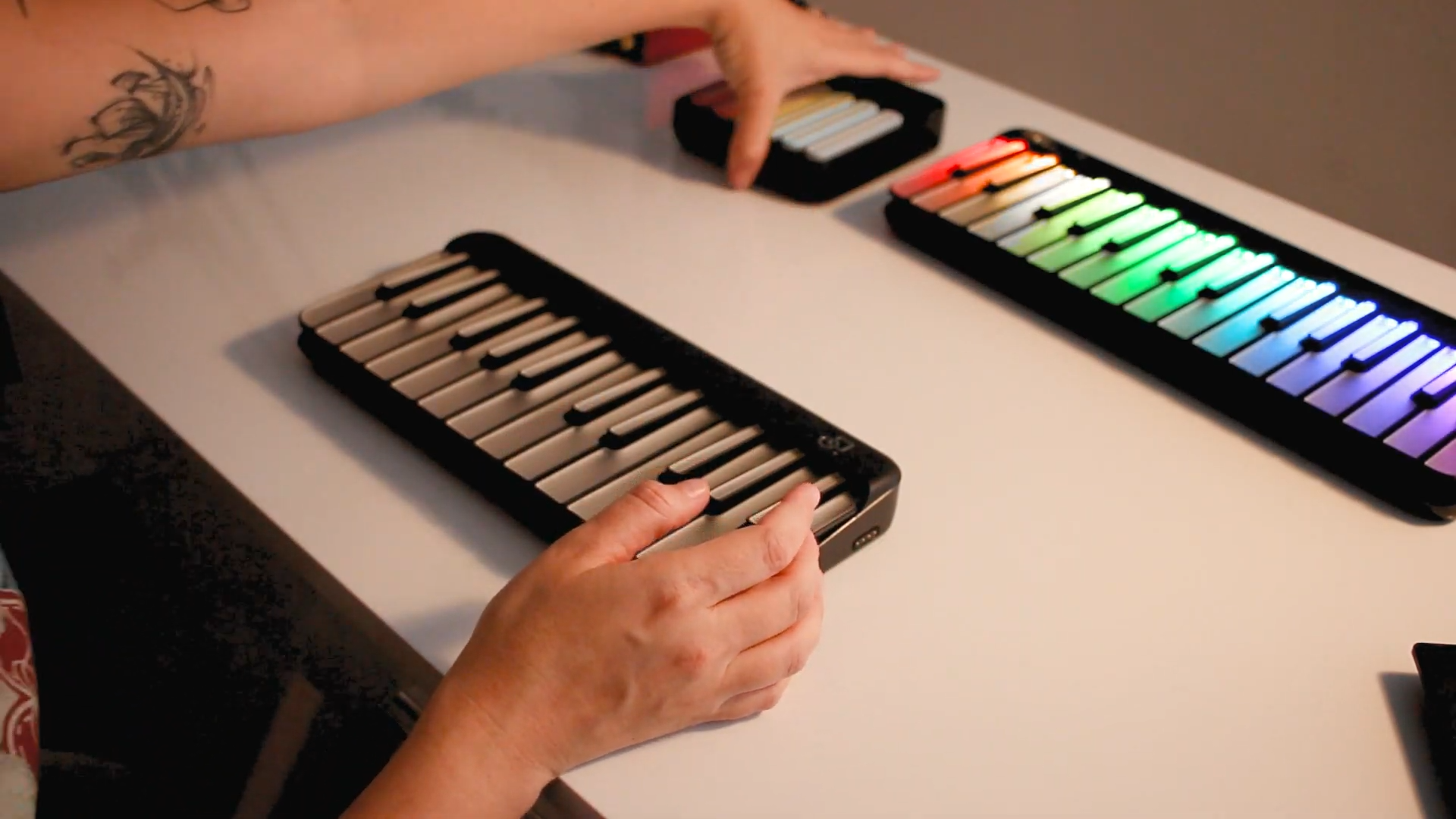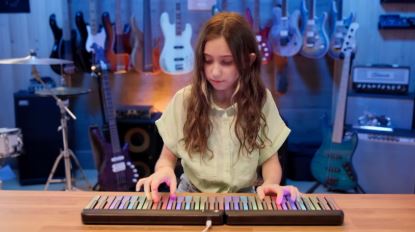
If your schedule is packed but you still want to learn piano, this guide is for you. Below you’ll find practical, time‑saving ways to learn piano that reduce friction, build real skills, and keep you motivated. We’ll cover tools, routines, and shortcuts that work for busy adults and teens—without sacrificing good technique.
Most beginners spend too much time on the wrong things. The best way to learn piano quickly is to focus on the 20% of actions that create 80% of results:
A smart keyboard with follow‑lights and an integrated lesson app removes guesswork. The lights show where to put your fingers; the app pauses when you miss and loops tricky sections. This turns five spare minutes into real progress—perfect when you’re trying to learn to play piano between work and life.
The fastest learners schedule 15–20 minutes, 5 days a week. That’s short enough to fit any day and long enough to complete a section. Put it on your calendar, set a soft reminder, and keep the instrument within arm’s reach.
Micro‑block template (20 minutes):
When you hit a snag, don’t restart from the top. Use this three‑step method:
This tiny ladder is one of the most effective time‑saving ways to learn piano—you rise quickly without reinforcing mistakes.
Beginners often try both hands too early and stall. Do this instead:
Memorize these beginner chords in C: C, F, G, Am, Dm, Em. With these, you can play countless songs. Add G7 or Cmaj7 later for color.
Practice the two most useful progressions:
A 60‑second phone recording gives you honest feedback on timing and dynamics. Note one thing to improve for the next week. This habit answers how to learn piano efficiently: you fix the right things, not everything at once.
Most mistakes are rhythm issues, not wrong notes. Add a metronome for 2–3 minutes each session:
Always work on one new song and one comfort song you can nearly finish. The comfort piece guarantees a daily win; the new piece drives growth. It’s simple psychology—and it saves time by preventing restart burnout.
Silence removes social pressure, late‑night limits, and interruptions. Set up a tiny corner with:
You don’t need a huge rig to learn to play piano quickly. Aim for compact and convenient:
It depends on your goals and consistency, but here’s a realistic timeline for busy beginners using the approach above:
If you ever wonder how long does it take to learn piano, remember this: consistency beats talent. Fifteen focused minutes, five days a week, compounds faster than you think.
Time‑saving goal: two complete songs by Day 30, with basic chords and steady timing.
This plan isn’t about cramming; it’s about steady micro‑wins—the most reliable, time‑saving way to learn piano and stay motivated.
You don’t need hours a day to learn to play piano—you need the right habits and a setup that removes friction. Start with one song, one micro‑block, and a tool that guides you when you’re stuck. If you want a hands‑on example, check a smart keyboard with guided lessons or browse more learning resources.
Keep it short, keep it steady, and let your progress add up.
Keep sessions short, use guided practice (lights + pause‑and‑wait), and spend two minutes on rhythm each day. Layer speed only after clean reps.
No. A compact board works for your first months. If you want classical pieces later, you can expand or upgrade.
Chords + rhythm first for quick songs. Add basic notation once you can play one piece end‑to‑end. This balanced approach saves time.
Use the two‑song rotation: one new, one familiar. Record weekly, track a streak, and celebrate small wins.
Yes. Most support Bluetooth/USB‑MIDI so you can record into music apps after practice. Learn first, create next—both fit the same keyboard.
Read more

How to Clean a Smart Keyboard (Easy Step-by-Step Guide)
A clean instrument feels better, plays better, and lasts longer. If you’re wondering how to clean a smart keyboard without harming LEDs, sensors, or finishes, this guide walks you through a safe ro...

How to Practice Piano Quietly in an Apartment
Living with thin walls doesn’t have to stop your music. If you’ve been wondering how to practice piano quietly in an apartment, the good news is there are simple, affordable changes that keep pract...